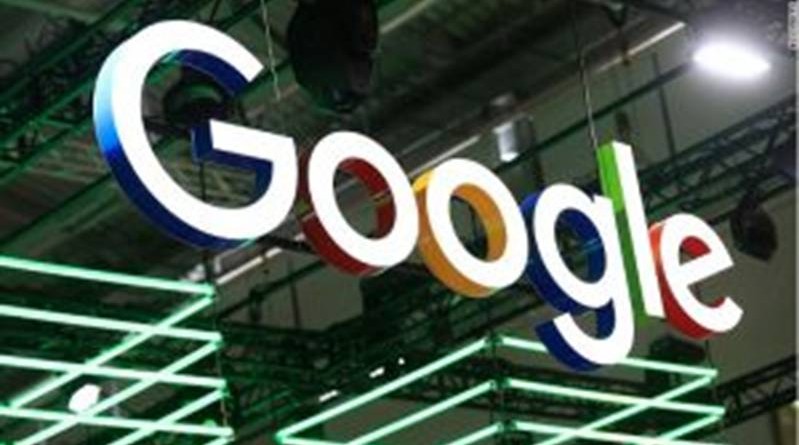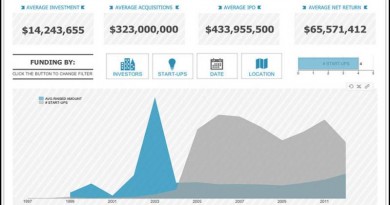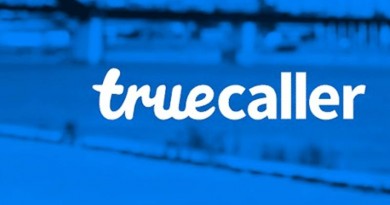Google just rebranded its $100 billion advertising business because the desktop is dying
Google, which books more than $100 billion per year in advertising revenue, announced on Tuesday that it is streamlining multiple advertising technologies into three main products called Google Ads, Google Marketing Platform and Google Ad Manager.
While the change is mostly cosmetic, it’s a subtle acknowledgment that consumers are increasingly accessing the internet and viewing ads on a variety of devices, not just on their computers.
About 85 percent of Google’s total revenue comes from its technologies that place advertising on its properties and partner sites. It dominates online advertising alongside Facebook, with the two companies taking in 56.8 percent of all U.S. digital advertising spending, per eMarketer.
Despite this massive success, the company is eliminating the AdWords brand, which launched in 2000 as one of Google’s first advertising products, and the DoubleClick brand, which it acquired in 2007.
AdWords allowed marketers to buy ads on Google properties and partner networks through search terms, text or banner ads (known as display), video ads, or in mobile apps. It brought in $95.4 billion last year according to Google’s government filings. But its name still reflects the days where desktop and websites were the main way to access the internet, and the internet is a much different place from when Google started selling advertising 18 years ago.
Google announced in 2016 that there were more searches coming from mobile than desktop in 10 countries including the U.S. and Japan. Advertisers realize this, and they want flexible ways to reach customers wherever they are, not just on the web.
Google Ads is primarily just a name change for AdWords. Like its predecessor, it will allow companies to buy ads on Google’s ad network across different platforms, including searches, YouTube videos, Google Maps, Google Play, Android Store apps and on partner sites. Instead of buying a specific type of behavior (desktop viewer, mobile viewer, etc.), Google’s system will allocate advertising dollars across platforms based on the customers advertisers are trying to reach.
However, there’s one small change: Google Ads will make it easier for smaller businesses to advertise through Google. An option called Smart Campaigns will let companies create an ad within minutes through a set form, and set a goal like getting phone calls, sending people to their website or bringing customers to their store.
Google Marketing Platform is aimed for larger advertisers and media buyers, and will combine advertising technology from DoubleClick, which Google acquired in 2007, and data management from Google Analytics 360 to help companies purchase and track the effectiveness of their ads.
Google Ad Manager is a product to help publishers manage spaces on their sites available for advertising, otherwise known as ad inventory. It subsumes DoubleClick for Publishers and DoubleClick Ad Exchange.
Smaller web sites will continue to use AdSense, which lets advertisers place small ads on their sites, and mobile app developers will continue to use AdMob, which lets them earn money from mobile ads in their apps.
To continue to thrive across all these platforms, Google will have to continue tracking user behavior, especially as advertisers grow more demanding. As people grow increasingly wary of technology firms monitoring what they do online and more regulation comes into effect, Google will have to tread a line between helping marketers find customers and keeping personal data private.





